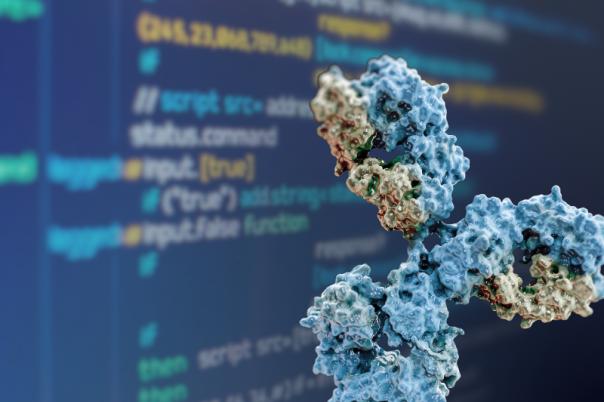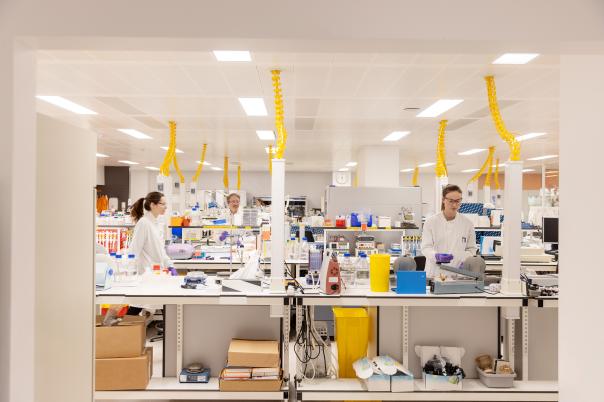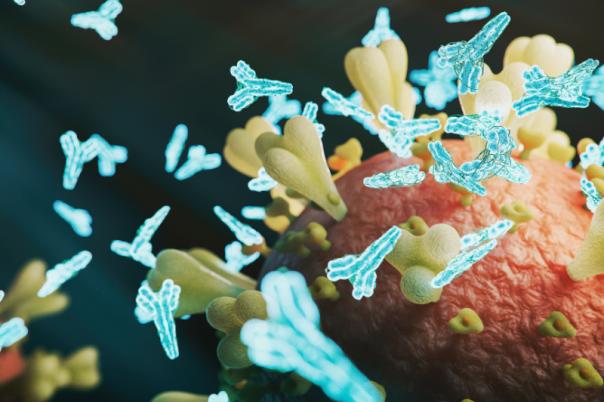Alchemab is not a typical antibody therapeutic company. Their therapies start with humans that have something special: resilient individuals that have managed to fight off difficult diseases for longer than expected. From there, Alchemab work backwards: rather than having a target in mind, they use sequencing to identify antibodies that could be contributing to these resilient patients’ longevity.
In this presentation, Emma Knight (née Jenkins), Director of Expression and Early Development at Alchemab, explains just how the company analyses antibody repertoires from resilient patients.
To do so, you have to define resilience, which is different depending on the disease area you’re working on.
Resilience for hard to treat cancers like pancreatic cancer and glioblastoma is defined by long term survival compared to the median survival rate – which is sadly only months. In neurodegenerative cohorts, resilience generally refers to possession of a genetic allele which would ordinarily indicate the development of a disease like Alzheimer’s, but instead no or slower degeneration takes place.
Finally, Alchemab looks at what Knight called a “very special cohort.”
“These are a group of centenarians that have no cognitive impairment and no known disease, and these are a very small part of our population.”
The company finds these patients through a variety of collaborations with biobanks, charities, academic institutions, and industry partners. This allows them to access blood samples and patient metadata.
From here, Alchemab use bulk sequencing to generate as much data as possible. Pooling both resilient patients and progressors (patients with expected development of their disease), they can sequence as many as one million antibodies from each patient. They then use machine learning to identify and cluster those antibodies, aiming to find convergent antibodies among resilient individuals.
The next stage for Alchemab is to develop these patient antibodies into therapeutic candidates. Knight highlights her company’s efforts using machine learning and phage display to do so, focusing on developability and therapeutic potential.
Unusually for an antibody developer, it’s only at this stage that the target identification stage takes place. The company uses various technologies for this, including display technologies, commercial platforms, and an in-house platform. They also incorporate computational approaches including a machine learning model to help them look at the homology with already known targets.
Over the four years since the company’s beginning, Alchemab have isolated a number of lead candidates in the neuroscience space. Their lead candidate for FTD or ALS, ATLX-1282 for an undisclosed target is currently in its CMC stages.
Knight added that Alchemab is keen to collaborate on more projects as the company enters the exciting phase of building out their pipeline.





